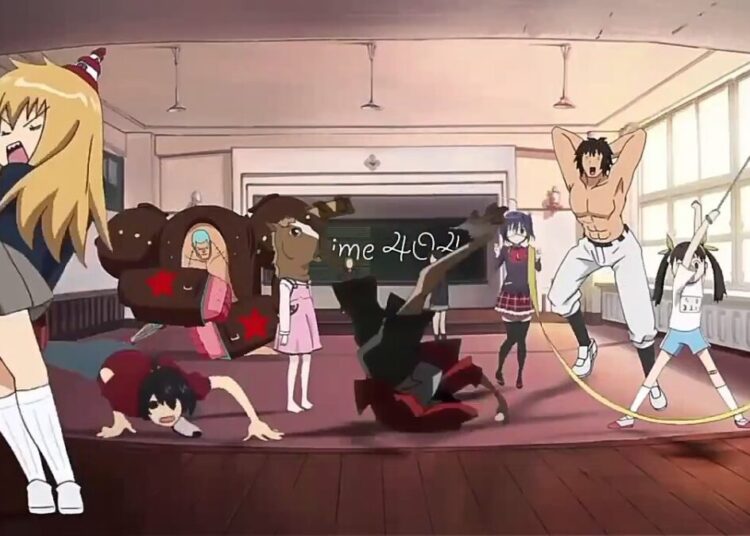Each language is structured in different ways, and it’s fun to learn a little bit about how they work. In English, we have four demonstrative pronouns — this, that, these and those — but in Japanese there are three, kore (koh-ray) meaning “this” associated with something close to me, the speaker, sore (soh-ray) or “that” for something near you, the person I’m speaking to, and are (ah-ray), “that over there” for something far from both of us. (You nearly always ignore plurals in Japanese.) Often meanings are imported wholesale from Chinese, like a group of kanji-based words that use the character sai, meaning “most,” which is how you can express ideas like biggest (saidai ), smallest (saishou), highest (saikou, which also carries the slang meaning of “awesome” if you ever wanted to know how to say this in Japanese), or lowest (saitei, which is also a pretty potent insult). The Japanese interwebs are about to start buzzing with the new Saimoe (“most moe“) Tournament, in which otaku vote on who the cutest anime characters are. Last year Taiga from Toradora! took the prize — I wonder who will win this year?
















